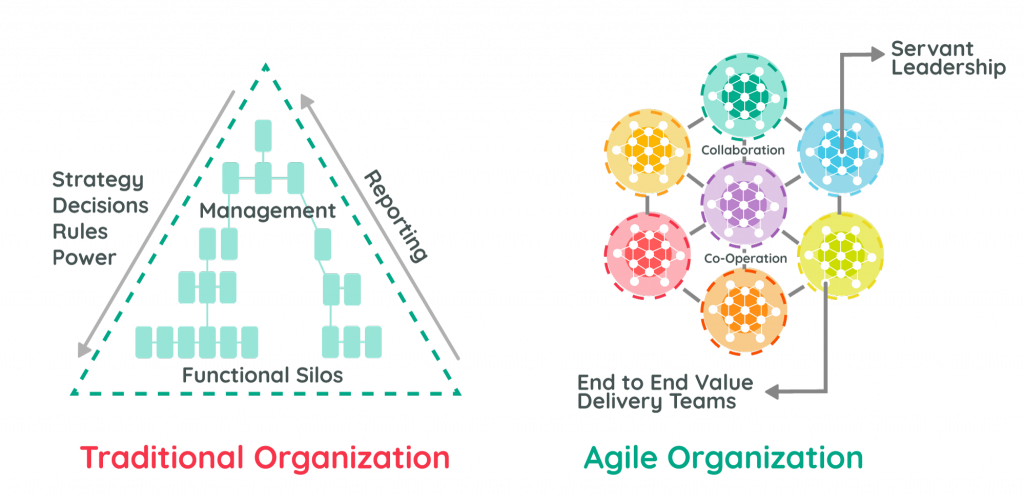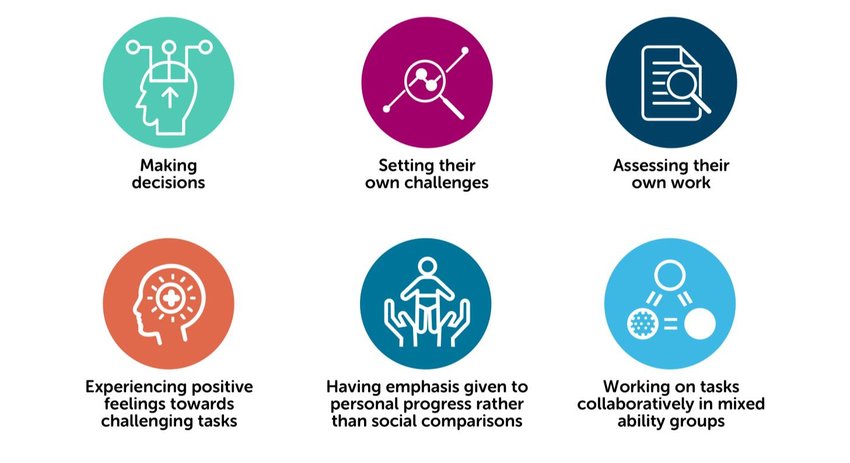Future Organizations- How will it look like?
Every sort of organization needs to constantly re-examine its basic structure. With all the changes occurring concerning analytics, technology, AI, the new machine age, it’s now an obligation to reorganize or completely redesign the organizational structures to remain an effective player in the market.

Whether you’re redesigning a procedure or the composition of your whole organization, the question always arises as to whether culture is getting in the way and has to change.
These are trends that are equal parts powerful and also hard to notice on a day-to-day basis:
High-Performing businesses function as empowered networks, synchronized through culture, information systems, and talent mobility. Companies are focused on redesigning the organization itself, with nearly half actively studying and developing new models. And many organizations are not only designing but also building this new organization. As networks and ecosystems replace organizational hierarchies, the traditional question “For whom do you work?” has been replaced by “With whom do you work?”
As organizations turn more digital, they face a growing imperative to redesign themselves to progress faster, adapt more quickly, facilitate rapid learning, and embrace the dynamic career demands of their workforce.
Prominent Features to be adopted by the Future Organizations
- Organizing for speed, agility, and adaptability: New age organizations need to adopt the attitude to organize themselves for speed, agility, and adaptability because the aura of the market is changing drastically, and to run with the pace required, one needs to follow the changing rules of the game.
- Adopt continuous, feedback-based performance management: Gone are the days where your boss was the only one who used to evaluate you based on his personal observation. Feedback based on a multi-rater evaluation system is the need for the hour to justify the role of the organization for its employee’s development.
- Internal structure. Traditional hierarchical structures are being supplanted by far more flexible ways of bringing together roles and responsibilities.
- Workplace and space. Work can be and is being done anywhere, transforming the role of the office, the nature of the workplace, and how and where employees work.
- Talent Management: What attracts the most talented is changing, requiring organizations to create a new compact with their staff and focus not just on personal value creation but also meaning and contribution.
- External networks. Talent is increasingly accessed outside the organizations, shifting how business processes are running and the nature of organizational innovation is changing.
- Value creation. The value will be primarily created in organizations’ interfaces with their customers, suppliers, partners, and community, changing priorities, and business models.

The Economy is drastically reshaping the workforce. Around the globe, we have experienced titanic shifts in how we work, where we work, and the technologies we use to stay connected. HR also has to upgrade its skills through various online HR training programs are there.
Such a massive change is enhancing the importance of HR’s role within organizations. Employees are turning to their managers and their HR leaders, in particular, for guidance on how to navigate their “new normal”
Are you willing to get a high-paying job or secure your career? Since 2003, SAC Management India Private Limited is offering HUMAN RESOURCE CERTIFICATION COURSE.
